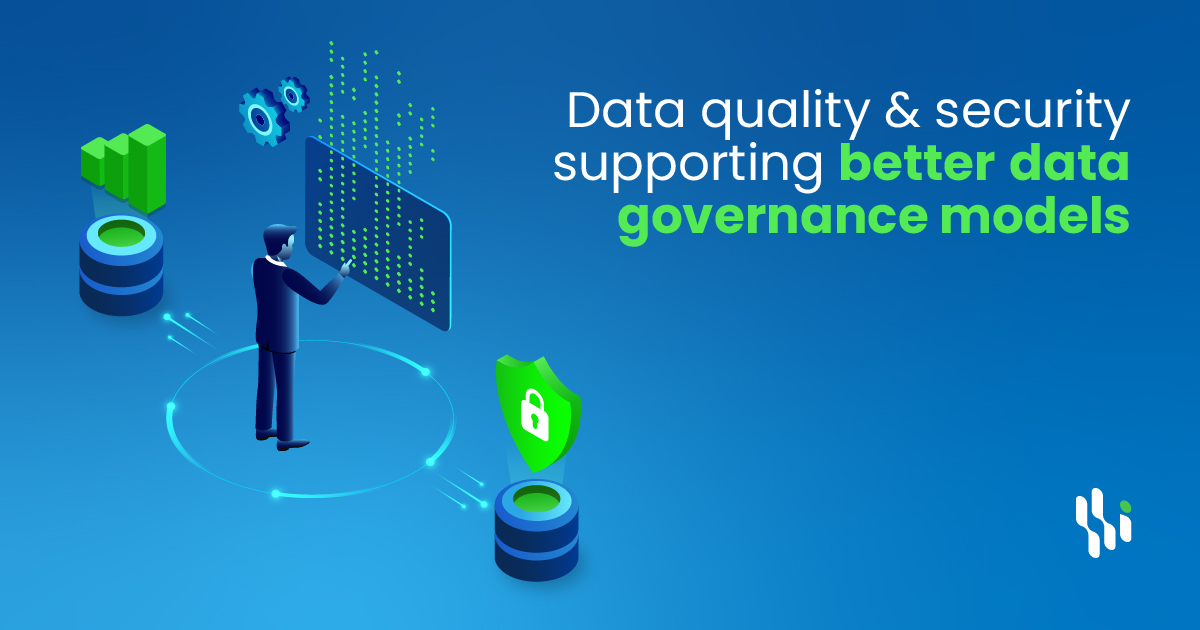

The data governance process cannot function without high-quality, trustworthy data. For an organization to succeed in adhering to governance norms, good data quality must be a central tenet of its data governance structure.
While both data quality and governance models already exist independently, their combined use can create a system that supports an organization’s strategic objectives and provides insight into decision-making.
What Exactly Does It Point to?
Data governance is a broad concept that includes several subfields. Data quality systems that are all-inclusive include detailed plans for fixing problems, making enhancements, and setting up constant monitoring.
A data management strategy or standard will often codify these aspects of data management. Standardized techniques for data integrity monitoring and highlighting discrepancies or errors in the data being processed are necessary for establishing data quality.
Data Quality Efforts
Data quality may also be affected by who will be using the data. Even though the data is correct and comprehensive, it may be of low quality if it cannot be put to practical use by the intended audience. The main distinction between data governance and data quality is that the former oversees and manages an organization’s data, while the latter focuses on the Data’s veracity and usefulness.
Though each of these factors is complex in its own right, businesses may use them to their advantage by establishing data quality, and governance frameworks that complement one another and better enable them to achieve their objectives.
How Their Paths Converge
Data quality must be a part of all data governance frameworks—one place where data governance and data quality meet is in the realm of compliance. Consider the healthcare and schooling industries: Each is governed by rules specifying who has access to what records and under what circumstances.
To guarantee that the data used to make decisions is relevant, the data governance standard should include data quality procedures and quality dimensions. Organizations should be able to adopt and apply a normative document encompassing all critical areas of data governance, in the same manner they do quality management. The data quality plan and the data governance standard, which are “normative documents,” should be complementary.
A company may use the link between the two strategies to guarantee that its data quality activities and enhancements align with the goals outlined in the data governance standard. Finally, each of these components should mesh with the company’s overarching strategy. The person or people responsible for and invested in carrying out the organization’s data governance standard should also be integrated into various parts of the data quality management infrastructure.
Those responsible for controlling an organization’s data are subject matter experts on that organization’s governance standard and should participate in any efforts to enhance data quality. Compliance-related enhancement activities benefit significantly from this.
Parting Thoughts
Managers in the governance system, who often get different analyses and summaries of data, will also provide input on what counts as excellent data. Managers should contribute to developing what it means for their businesses to have accurate, complete, and timely data.
To guarantee that the data saved and exchanged inside their systems are genuine and can be utilized to satisfy organizational goals, businesses should implement quality criteria into their data oversight structure as the data governance framework matures and becomes more standardized.

